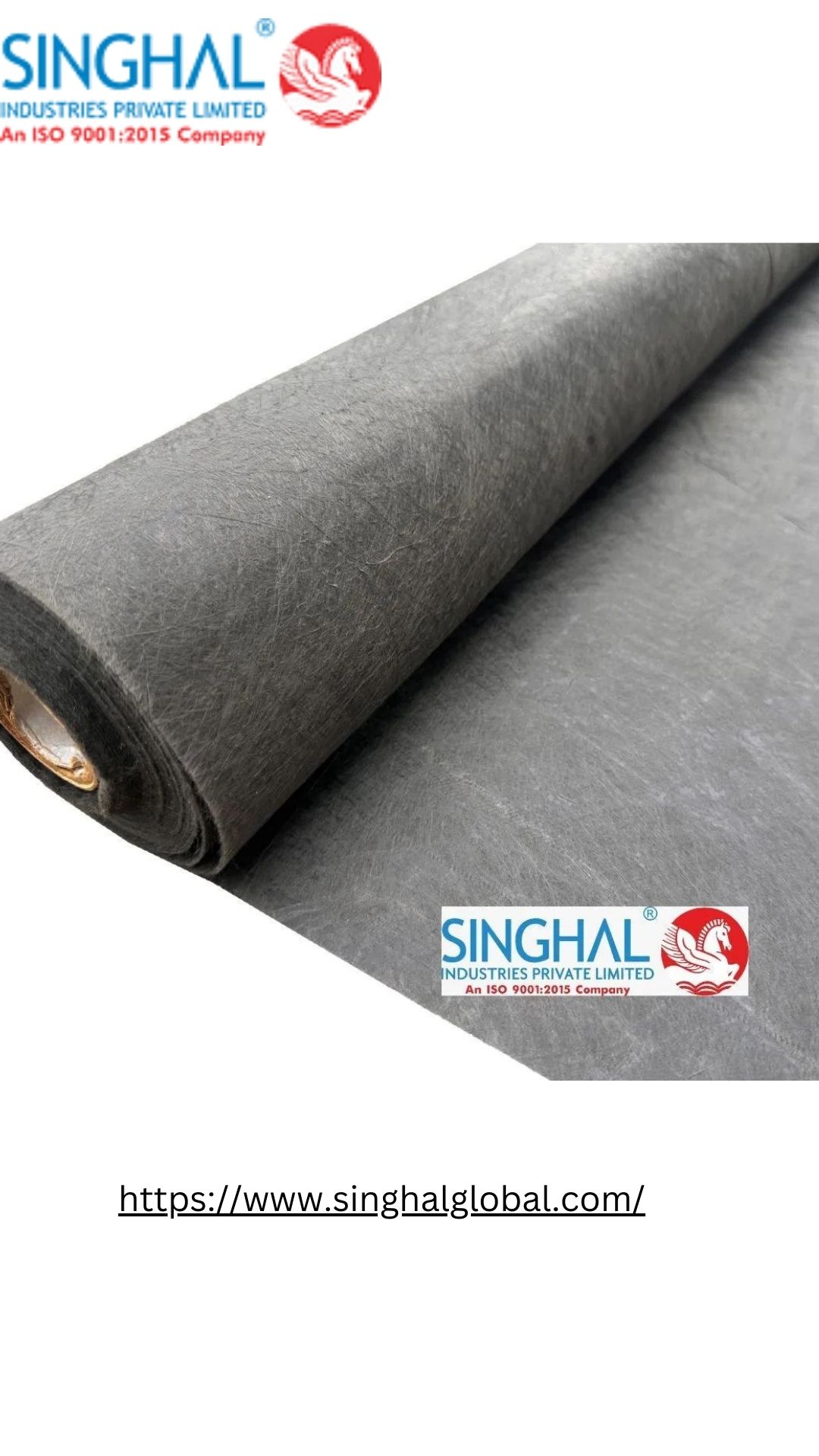
In the realm of textiles, PP spunbond nonwoven fabric has emerged as a standout choice for various applications. Its versatile properties, durability, and environmental advantages make it a material of choice in many industries, including agriculture, medical, and fashion. In this article, we will delve into the characteristics, production process, and diverse uses of Spunbond fabric, highlighting its significance in today’s market.
What is PP Spunbond Nonwoven Fabric?
PP spunbond nonwoven fabric is a synthetic material produced from polypropylene (PP), a type of thermoplastic polymer. The unique process of manufacturing this fabric involves spinning filaments of polypropylene into a web before bonding them together with heat, which results in a sheet-like final product. Unlike traditional woven or knitted fabrics, spunbond fabric does not have a distinct thread structure, which imparts a range of properties that make it particularly advantageous in certain applications.
Characteristics of Spunbond Fabric
One of the key characteristics that make Spun bonded non woven fabric popular is its lightweight nature. This fabric typically exhibits a low density while maintaining impressive strength and tear resistance. Additionally, PP spunbond nonwoven fabric is resistant to moisture, chemicals, and UV rays, making it suitable for outdoor applications as well. Its breathability ensures that moisture can escape while preventing the entry of larger particles, making it an excellent choice for medical and agricultural applications.
Production Process of Spunbonded Nonwoven Fabric
The production of Non woven spunbond involves several steps, starting with the extrusion of polypropylene pellets. During the process, molten PP is extruded through a spinneret, which creates continuous filaments. These filaments are then cooled and drawn to enhance their strength. Following this, the filaments are laid out into a web formation, where they are interconnected through a bonding process that utilizes heat and pressure. The final product can be treated with additives to enhance its properties, like anti-microbial treatments for medical applications or UV stabilizers for outdoor use.
Advantages of Nonwoven Spunbond Fabric
The advantages of spunbonded nonwoven fabric are numerous. Its durability and resistance to wear and tear make it suitable for various commercial applications. Furthermore, the ability to produce the fabric in large rolls allows for cost-effective manufacturing processes. Another benefit is its eco-friendliness; PP is recyclable and can be reused in various applications, aligning with the growing emphasis on sustainability in the textile industry.
Applications of PP Spunbond Nonwoven Fabric
PP spunbond nonwoven fabric is versatile, finding applications across multiple sectors. In the agriculture industry, it’s used for creating ground covers, shade cloths, and greenhouse films. These applications benefit from the fabric’s UV resistance and breathable properties, allowing for optimal plant growth while preventing weed growth.
In the medical sector, spunbond fabric is often utilized for making surgical masks, gowns, and drapes due to its barrier properties and fluid resistance. The fabric can be engineered to provide high levels of filtration while maintaining breathability, making it an ideal choice in healthcare settings.
Moreover, the fashion industry has also embraced nonwoven spunbond materials for creating bags, accessories, and apparel. Designers appreciate its versatility and the ability to create shapes and styles that are impossible with traditional fabrics.
The Future of Spunbond Fabric
As industries continue to evolve, the demand for innovative materials increases. PP spunbond nonwoven fabric stands at the frontier of these advancements. With decades of improvements in manufacturing processes and material development, the future looks promising for this material. Emerging technologies are focused on enhancing recyclability, incorporating biodegradable additives, and improving overall performance.
Moreover, the rise of environmentally conscious consumers has prompted manufacturers to explore sustainable alternatives, thus stimulating research for even more eco-friendly spunbond options. This trend deepens the relevance and adoption of nonwoven fabrics in new applications, reinforcing their importance in the 21st century.
Challenges in the Use of Spunbonded Nonwoven Fabric
Despite the benefits, the use of spunbond nonwoven fabric does face certain challenges. One notable issue is that while PP is recyclable, the actual rates of recycling for nonwoven fabrics remain relatively low. This may hinder efforts to reduce environmental impact. Additionally, while the fabric is strong, its resistance to abrasion can sometimes be inadequate for extremely rugged applications. Continuous research and development are essential for overcoming these challenges and enhancing the material’s performance.
Conclusion
In conclusion, PP spunbond nonwoven fabric is a transformative material that has left a significant mark across various industries. Its unique production process, advantageous characteristics, and the wide array of applications it supports make it invaluable. As manufacturers invest in sustainable practices and innovation, the future of spunbonded nonwoven fabric appears bright, promising new opportunities and applications.
Frequently Asked Questions (FAQs)
1. What are the primary uses of spunbond fabric?
Spunbond fabric is widely used in various sectors, primarily in agriculture for ground covers and greenhouse films, in the medical industry for protective apparel and masks, and in fashion for bags and accessories. Its durability, breathability, and resistance to moisture make it suitable for these applications.
2. How is nonwoven spunbond different from traditional fabrics?
Unlike traditional woven or knitted fabrics, nonwoven spunbond fabric does not have a distinct thread structure. It is made from fibers that are bonded together through heat, providing unique properties such as lightweight, breathability, and resistance to tearing or fraying.
3. Is PP spunbond nonwoven fabric recyclable?
Yes, PP spunbond nonwoven fabric is recyclable. However, recycling rates for nonwoven materials can be lower compared to conventional textiles. Ongoing efforts in the textile industry aim to improve recycling methods to minimize environmental impact.